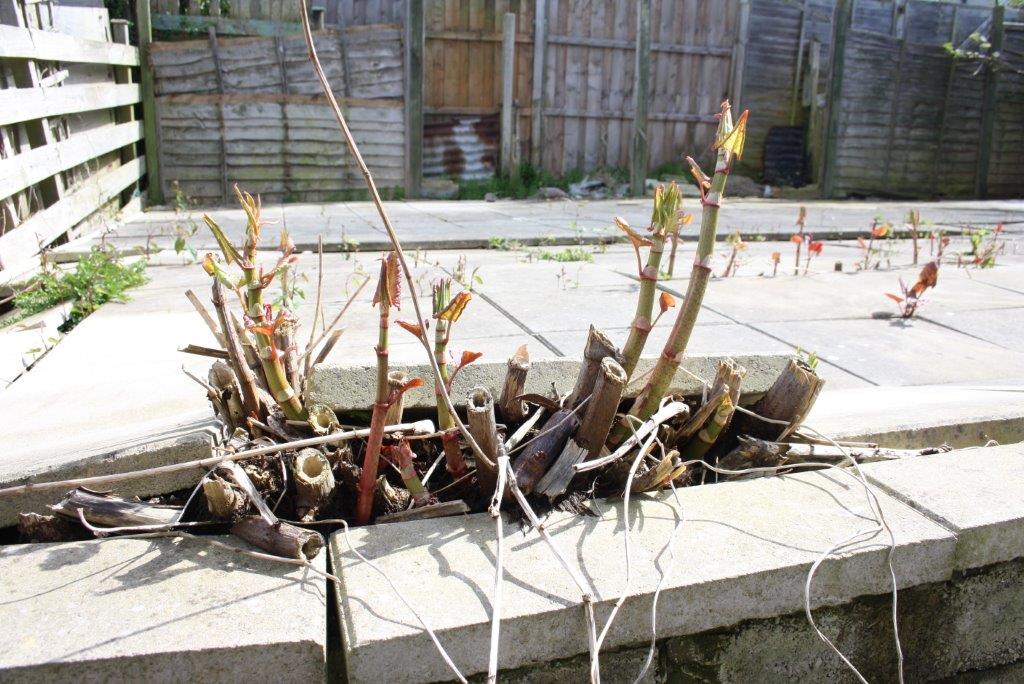Why having a pre-season knotweed survey is a savvy move
By Christmas the knotweed growing season has passed – but it’s wise not to forget that it’s still there, with dormant rhizomes hidden deep in the mud! We’ve noticed that knotweed is emerging earlier each year, so here we discuss its impact on the property market and what should be done to get ahead.
An unstable property market
The property market has been fairly tumultuous this year, but all signs are set for a January 2025 surge in residential and commercial properties new to the market! With uncertainties in mortgage rates a lot of homeowners put their house sale on hold in autumn. But with the impending threat of further mortgage interest hikes and the incentive of beating the lowered stamp duty threshold at the end of March 2025 property insights point to a rush of house sales in January.
January is a popular month to put property on the market. With the Christmas season over, and before plans of the the next seasonal break get underway, many people find January a great month to consider moving. Typically the conveyancing process takes between 2-6 months so a house sale in January/February could lead to a desirable spring/summer move.
What does this mean for knotweed?
Buying and selling property (both residential and commercial) comes with many legal aspects, one of which is declaring whether knotweed is present. If the predicted increase in properties going on the market in January happens, knotweed contractors will need to react to an increase in survey enquiries.
It’s sensible to have a property building or structural survey carried out when considering whether to put in an offer – and it’s equally prudent to have a knotweed survey carried out too – but so many people overlook this. A building survey comes with a cost, but a knotweed survey is generally free (unless no knotweed is found) – so it makes sense to have both types of survey carried out by professional contractors.
As declaring the presence of knotweed is a legal requirement when selling, isn’t it better to be fully informed when ticking the box to say ‘yes’ or ‘no’?
It’s not a deal breaker
If the survey reveals knotweed is present, putting a treatment or removal management plan in place is sufficient to satisfy most mortgage lenders, and mitigates risk of losing that sale. Equally, for potential purchasers it provides the confidence that any knotweed on the property is under control. So, yes you can sell and buy a property with knotweed – as long as it’s declared during the conveyancing process and a plan is in place with a knotweed contractor.
Why January?
Knotweed starts its growth cycle from as early as January, with its most active growing period starting March/April. In January even if the spring shoots are not visible, a trained knotweed surveyor can detect knotweed underground. Once detected a remediation plan can be put in place to either control or remove the knotweed ready for the start of the herbicide spraying season. The sooner it’s caught the sooner it’s controlled.
We advise getting a survey booked in as soon as possible in the New Year to ensure any property sale plans will not be hampered by knotweed.


